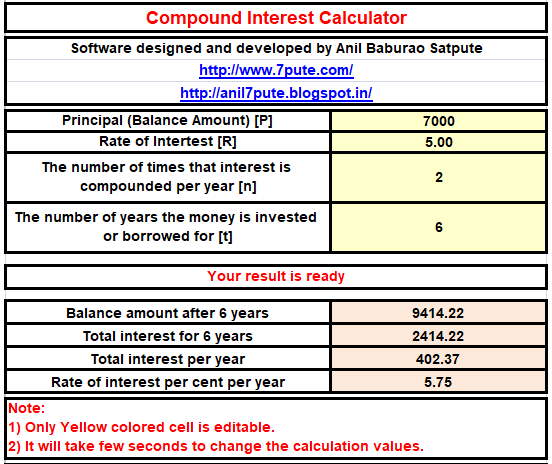In continuation of part - 6, we will see all the important formulas and useful statements which are to be used in the Math test GRE.
Factorization (Continued):
b) Factorization of Polynomial (Continued):
1) Factor Theorem:
For a polynomial p(x), we say that (x-a) is a factor of the polynomial p(x), if we divide polynomial p(x) by (x-a), then we get the remainder as 0. i.e. p(x) = q(x) (x-a) + 0 where q(x) another polynomial called quotient (a result obtained by dividing p(x) by (x-a)).
2) Division formula in algorithm form:
In the algorithm formula of division, p(x) = q(x) d(x) + r(x),
r(x) is remainder
Any polynomial can be written in the form "p(x) = q(x) d(x) + r(x)"
3) Synthetic Division:
A few important points are to be noted to learn synthetic division.
a) A coefficient is a real number which is the multiplicative factor of the term in the polynomial. Example:
1) Let the polynomial be 8x4-3x2+7x+3. First, write all the terms in descending order. So we write it as 8x4+0x3+3x2+7x+3. Now we write it in coefficient form as 8, 0, -3, 7, 3. Here, as the power of the polynomial is 4, the total number of terms of the polynomial will be 5.
2) Let the polynomial be 7x5. First, write all the terms in descending order. So we write it as 7x5+0x4+0x3+0x2+0x+0. Now we write it in coefficient form as 7, 0, 0, 0, 0, 0. Here, as the power of the polynomial is 5, the total number of terms of the polynomial will be 6.
b) In the case of synthetic division, the divisor must be of the first degree of the form (x - a). Example (x - a) = 0, so the divisor is (x - a) with x = a.
Example: Divide 3x6-6x5+7x4-18x3+13x2-9x-2 by (x-2) using the synthetic division method.
Solution:
1) Write all the terms in descending order:
3x6-6x5+7x4-18x3+13x2-9x-2
2) Write this polynomial in the coefficient form:
[3, -6, 7, -18, 13, -9, -2]
3) Now we will see the division using the synthetic division method.
a) Here the divisor is (x-2) so we have x-2=0, x=2.
b) Here the quotient is 3x5+0x4+7x3-4x2+x+2 which can also be written as 3x5+7x3-4x2+x+2. here the remainder is 0.
c) So we have 3x6-6x5+7x4-18x3+13x2-9x-2 = (x-2) (3x5+7x3-4x2+x+2)+0.
In the next part, we will see a few examples and some essential formulae.









